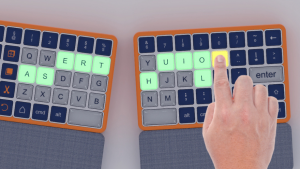Could dying alone be a fate worse than death? This is the topic that Cape Town-born designer Agata Niemkiewicz explored in her thesis at the Design Academy Eindhoven.
"Remember Me, but ah, Forget My Fate" is a project that records traces of people who have died alone, with nobody to claim them or their belongings, or to remember their existence.
Every year in Amsterdam some 15 to 20 people with no next of kin die in Amsterdam. Their burials are funded by the government and civil servants are sent to deal with their belongings.
Rather than their stories being passed on to loved ones, their entire existence is simply erased. It’s this tragic ending, and her interest in the stories that objects tell, that inspired Niemkiewicz to develop a system to find out more about the anonymously deceased.
First Niemkiewicz asked the civil servants dealing with the property of the deceased to fill out a questionnaire that focused on fragments and traces left behind by the deceased. The research asked for the name, date of birth and date of death of the subject, as well as things like the colour of their clothing, recurring themes in their surroundings and more private information like diary entries.
Niemkiewicz then took this information and mapped it onto an urn. The top of the urn displayed the more “public” information about the individual while the underside of the urn held the most private information.
“The urn itself requires interaction to reveal the details of the deceased, I wanted the urn to create a relationship with the viewer, the same way in which we create relationships with people; the more time we spend to get to know someone, the more is revealed,” Niemkiewicz explains.
"Remember Me, but ah, Forget My Fate" comprises three urns, based on three real cases. The first is of an eccentric elderly gentleman Zelistra Louw, the second is a Nigerian drug mule Edos Osagi, and the third a young unidentified woman found in a canal in Amsterdam.
















